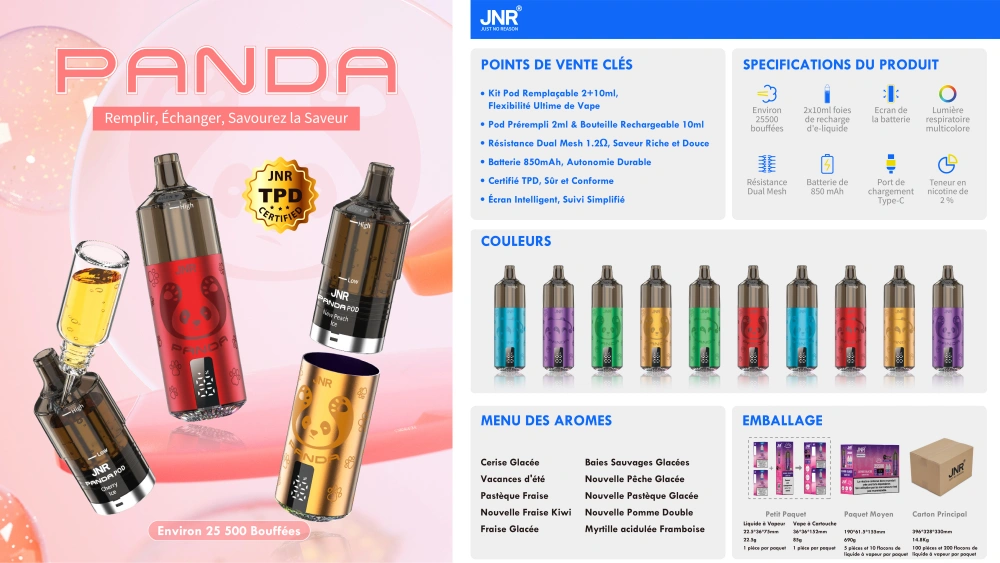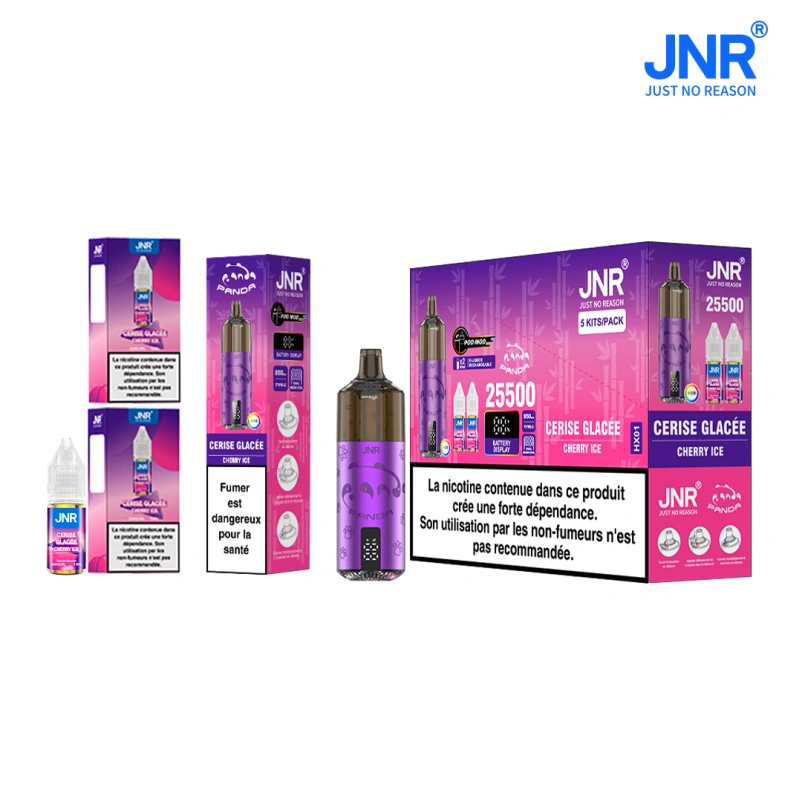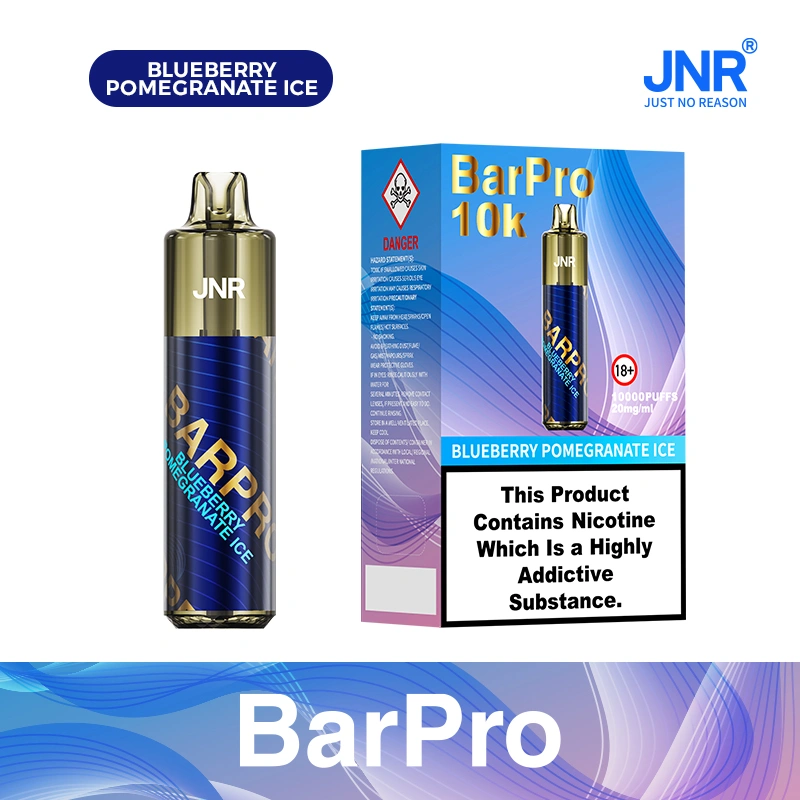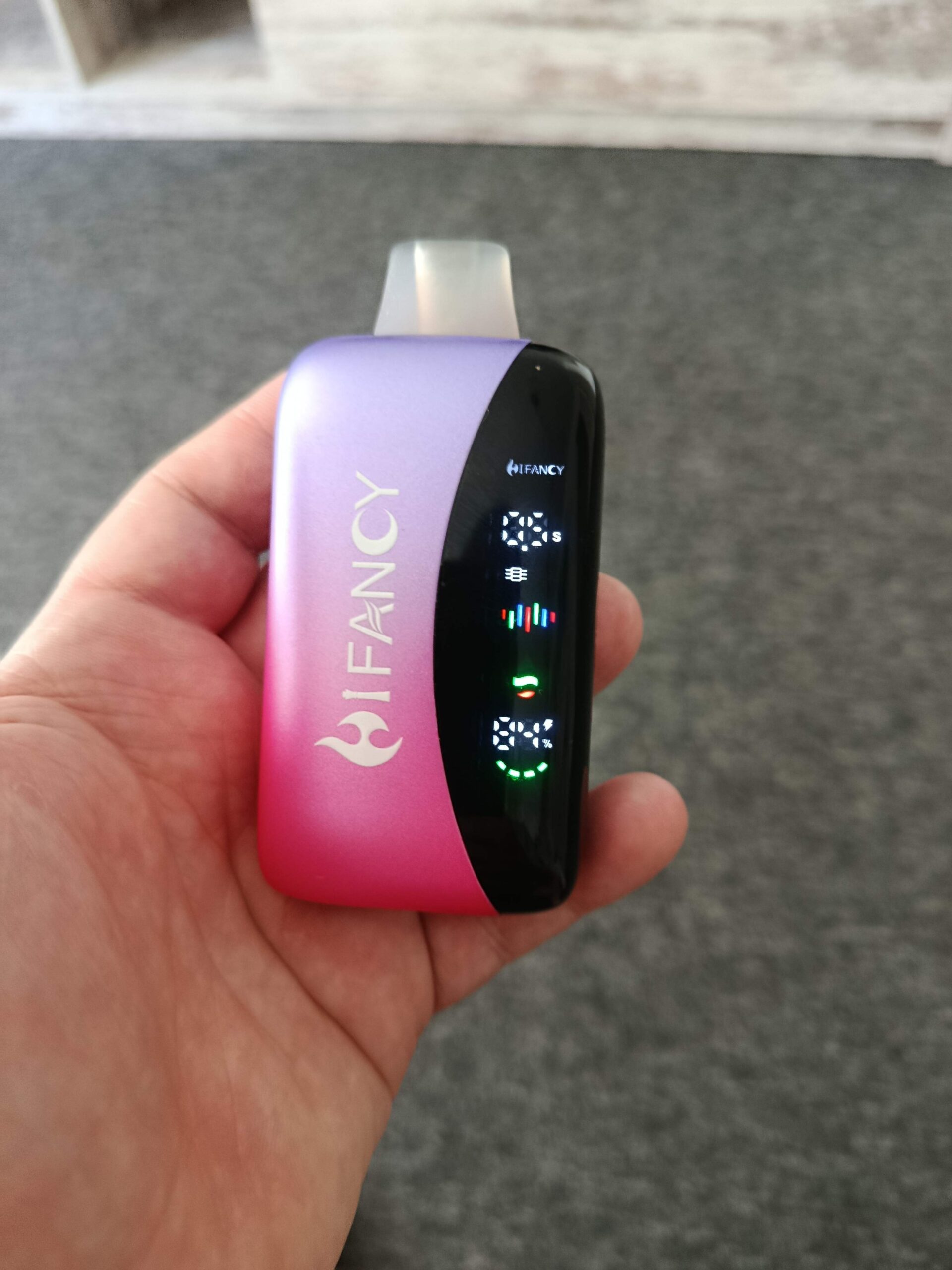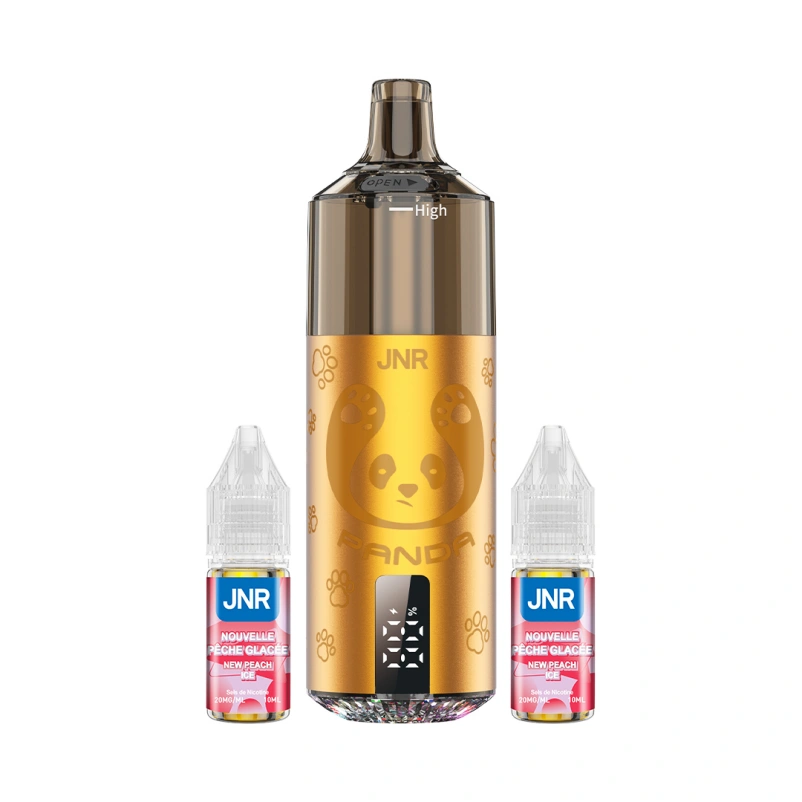Análise de substâncias nocivas nos cigarros electrónicos

Analysis of Harmful Substances in Electronic Cigarettes: Chemical Composition and Health Implications
Electronic cigarettes (e-cigarettes) are often marketed as a less harmful alternative to traditional tobacco smoking, but their long-term safety remains a subject of debate. Unlike combustible cigarettes, which produce smoke through burning, e-cigarettes heat a liquid (e-liquid) to generate an aerosol inhaled by users. While this process eliminates some toxins found in tobacco smoke, it introduces new chemical risks. Understanding the harmful substances present in e-cigarette vapor is critical for evaluating their potential health impacts.
Common Chemical Components in E-Cigarette Aerosol
E-liquids typically contain a base mixture of propylene glycol (PG) and vegetable glycerin (VG), along with nicotine and flavorings. When heated, these ingredients undergo thermal decomposition, producing a complex mix of compounds.
Propylene Glycol and Vegetable Glycerin
PG and VG serve as carriers for nicotine and flavorings, creating the vapor when heated. While both are considered safe for use in food and cosmetics, inhaling them poses different risks. Studies show that heating PG can generate formaldehyde, acetaldehyde, and acrolein—all known carcinogens or respiratory irritants. VG, though less reactive, may produce carbonyl compounds like glycidol when overheated, which has been linked to genetic damage in laboratory settings. The ratio of PG to VG in e-liquids influences the concentration of these byproducts, with higher-PG formulations generally producing more harmful aldehydes.
Nicotine and Its Derivatives
Nicotine is the primary addictive substance in e-cigarettes, and its presence raises concerns about dependency and cardiovascular effects. Beyond nicotine itself, e-cigarette vapor may contain nicotine-related toxins such as nitrosamines, which are potent carcinogens. Research indicates that certain e-liquid flavorings can react with nicotine during heating, forming new nitrosamine compounds. Additionally, improper storage or exposure to light may degrade nicotine into cotinine and other metabolites, some of which have unknown health effects when inhaled repeatedly.
Flavoring Chemicals
Flavorings are added to e-liquids to enhance appeal, but many contain compounds that become hazardous when vaporized. Diacetyl, a chemical used to create buttery flavors, has been linked to bronchiolitis obliterans (commonly known as “popcorn lung”) when inhaled in high concentrations. Other flavorings, such as cinnamon (cinnamaldehyde) and menthol (menthone), can irritate the respiratory tract and impair immune function. Even seemingly harmless flavors like vanilla (vanillin) may produce toxic byproducts like furfural under high-temperature vaping conditions.
Thermal Decomposition Products and Byproducts
The heating process in e-cigarettes is a key factor in determining the toxicity of the aerosol. Unlike the consistent combustion in traditional cigarettes, e-cigarette temperatures can vary based on device design, user behavior, and coil resistance, leading to unpredictable chemical reactions.
Carbonyl Compounds
Carbonyls like formaldehyde, acetaldehyde, and acrolein are major byproducts of e-liquid decomposition. Formaldehyde, a Group 1 carcinogen, forms when PG breaks down at temperatures above 300°C (572°F). Acetaldehyde, another IARC-classified carcinogen, is produced in smaller but still concerning amounts across a range of vaping temperatures. Acrolein, known for its pungent odor and ability to damage lung tissue, is detected in nearly all e-cigarette aerosols, with concentrations rising sharply as device power increases.
Heavy Metals and Particulate Matter
E-cigarette coils are often made from metals like nickel, chromium, and lead, which can leach into the aerosol when heated. Long-term inhalation of these metals is associated with neurological disorders, kidney damage, and cancer. Particulate matter (PM) in e-cigarette vapor, including ultrafine particles smaller than 2.5 micrometers, can penetrate deep into the lungs and enter the bloodstream, triggering inflammation and oxidative stress. The size and concentration of these particles depend on the device’s wicking material and airflow design.
Volatile Organic Compounds (VOCs)
VOCs such as benzene, toluene, and xylene are released when e-liquid components like flavorings or solvents break down. Benzene, a well-established carcinogen, has been detected in e-cigarette aerosol at levels comparable to those in secondhand tobacco smoke. Toluene and xylene, though less studied, are known neurotoxins that may impair cognitive function over time. The presence of these compounds highlights the importance of regulating not just nicotine and flavorings but also the base solvents used in e-liquids.
Comparison to Traditional Cigarette Smoke
While e-cigarettes eliminate many toxins produced by combustion, they are not free from harmful substances. Comparative studies reveal both similarities and differences in their chemical profiles.
Reduced Toxin Levels in Some Cases
E-cigarette aerosol contains lower levels of certain carcinogens found in tobacco smoke, such as polycyclic aromatic hydrocarbons (PAHs) and tobacco-specific nitrosamines (TSNAs). This reduction is attributed to the absence of burning, which generates the bulk of these compounds in traditional cigarettes. Users who switch completely from smoking to vaping may experience reduced exposure to some, but not all, harmful substances.
Unique Risks Posed by E-Cigarettes
Conversely, e-cigarettes introduce chemicals not typically found in tobacco smoke, such as PG-derived aldehydes and flavoring-specific toxins. For example, the sweet flavorings popular in e-liquids often contain compounds like ethyl maltol, which can form reactive aldehydes when heated. Additionally, the lack of standardized manufacturing practices for e-liquids means that contaminants like bacteria, fungi, or residual solvents may appear in some products, posing additional health risks.
Dual Use and Incomplete Risk Reduction
Many smokers use e-cigarettes alongside traditional cigarettes, a practice known as dual use. This behavior does not significantly reduce exposure to harmful substances, as users continue inhaling combustion-related toxins from cigarettes while adding e-cigarette-specific chemicals. Dual users may also vape more frequently to compensate for reduced nicotine intake from smoking, potentially increasing their overall exposure to aerosol toxins.
Regulatory Challenges and Future Research Directions
The rapid evolution of e-cigarette technology has outpaced regulatory frameworks, creating gaps in safety oversight. Current regulations often focus on nicotine content and child-resistant packaging but rarely address the full spectrum of chemical risks.
Need for Standardized Testing Protocols
Most studies on e-cigarette toxins rely on laboratory simulations that may not reflect real-world usage patterns. For instance, machine-generated puffing regimens might not account for variations in user inhalation depth or device settings. Developing standardized testing methods that mimic actual vaping behavior is essential for generating accurate data on chemical exposure.
Long-Term Health Studies
The majority of research on e-cigarettes has focused on short-term effects, leaving gaps in knowledge about chronic health outcomes. Longitudinal studies tracking users over decades are needed to assess risks like cancer, cardiovascular disease, and respiratory dysfunction. These studies should also compare different types of e-cigarettes, as device design (e.g., pod systems vs. tank mods) significantly influences aerosol composition.
Global Disparities in Regulation
Regulatory approaches to e-cigarettes vary widely by country, with some nations banning them outright and others adopting permissive policies. Harmonizing international standards for e-liquid ingredients, device safety, and labeling could reduce the spread of low-quality products and ensure consumers have access to reliable information about chemical risks.
By analyzing the harmful substances in e-cigarettes, researchers and policymakers can better understand their health implications and develop strategies to mitigate risks. Until comprehensive safety data is available, users should approach e-cigarettes with caution, recognizing that “less harmful” does not equate to “harmless.”

